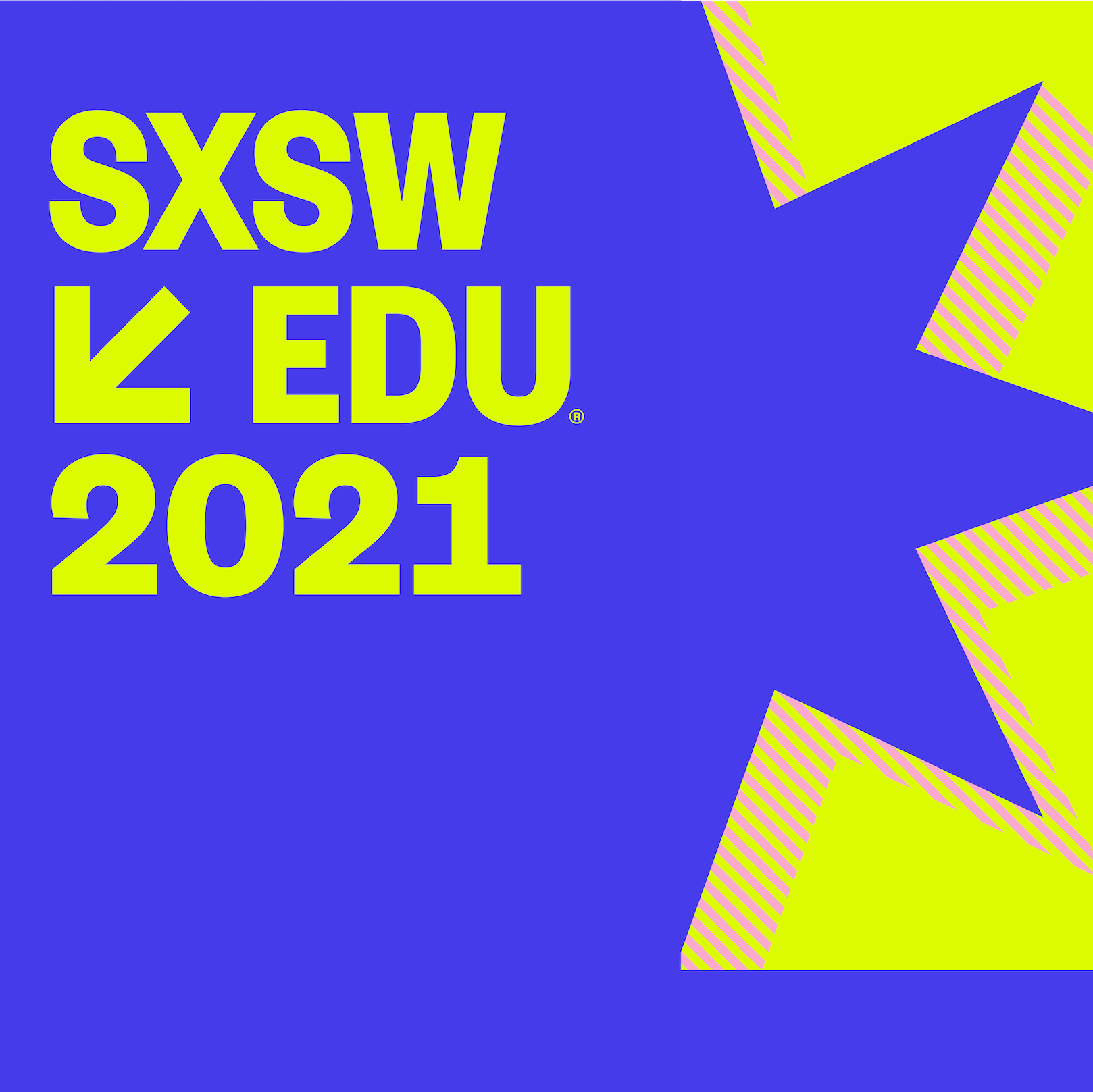This is the third in a four-part series in which we consider what innovation in the classroom will look like going forward. Thank you to today’s contributor, FFT Board Member Jonas Zuckerman. With over 25 years in education, Jonas is dedicated to building the capacity of educators and providing disadvantaged students a high-quality education by closing equity gaps.
 As we emerge from the coronavirus pandemic, American education is facing significant challenges, including the disproportionate impact of the pandemic on historically underserved populations. While we know that the pandemic has exacerbated already existing opportunity gaps, we are still assessing the full magnitude of the impact, partially due to disruption to statewide assessments. At the same time, schools and districts do have local data and are able to use that data to identify student needs. It is critical that schools focus post-pandemic efforts on serving all students, and work to mitigate the impact of the pandemic and school disruptions.
As we emerge from the coronavirus pandemic, American education is facing significant challenges, including the disproportionate impact of the pandemic on historically underserved populations. While we know that the pandemic has exacerbated already existing opportunity gaps, we are still assessing the full magnitude of the impact, partially due to disruption to statewide assessments. At the same time, schools and districts do have local data and are able to use that data to identify student needs. It is critical that schools focus post-pandemic efforts on serving all students, and work to mitigate the impact of the pandemic and school disruptions.
There is also no doubt that the pandemic has changed classrooms and schools, and some of these changes may be part of the solution moving forward. Teachers and schools want to come back to a better future that will permanently close the equity gaps, and there are some opportunities coming out of the pandemic that may have a positive impact.
For example, due to the pandemic, investments have been made in infrastructure, including expanded internet access in rural and urban areas. While there is still not equitable access to the internet, an essential in today’s world, there is better data on the precise nature of the situation including which areas do not have reliable internet service. This thorough understanding of the problem is necessary in order to make change.
Similarly, there has been an investment in hardware devices, which is also essential for an equitable educational system. These, and other investments, were made possible by unprecedented funding provided to schools by the federal government, almost $300 billion across three stimulus bills.
It is also important to note that much of this funding will be available to schools for the next few years, until 2024, as we know that recovery will not be immediate. As a requirement tied to this funding, schools will need to address “learning loss” or “learning disruption” that occurred due to the pandemic. Specifically, schools are required to focus on learning loss, and they must do so in consultation with stakeholder groups. In an even more direct attempt to address equity gaps, Congress required schools to not just address learning loss generally, but specifically to focus on historically underserved populations, including racial and ethnic groups, students with disabilities, students experiencing homelessness, students from low-income families, and other specific student groups. There is a clear and direct mandate from Congress to ensure that schools are attending to the students who need the most support, and it will be the responsibility of schools and districts, with support from states, to fulfill this mandate.
Schools are also required to use evidence-based strategies in their efforts, and there is ongoing research around what the best strategies will be. One specific recommendation for a post-pandemic evidence-based strategy comes in a new report issued by TNTP, in partnership with Zearn, titled “Accelerate, Don’t Remediate,” which offers strong evidence that the best way for schools to help students get back on track is through “learning acceleration,” ensuring students have access to high quality, grade level curriculum and that targeted help is built into the grade level assignments. This report demonstrates why the practice of remediation, or utilizing curriculum from lower grades, is not effective at helping students recover from learning loss. The federal funds provided can help schools both adopt high quality materials and provide professional learning so teachers can implement them effectively in classrooms. This is one example of the type of evidence-based strategy that will need to be implemented post-pandemic, and it is informative because it challenges conventional wisdom about what practices are best. In this case, the remediation strategy has long been used, but this evidence shows it is not effective. In order to move to an equitable, post pandemic world, we will need to continue to challenge conventional thinking about what practices work best, as we cannot utilize the same strategies that created the inequitable system and expect to see different results.
The global pandemic has irrevocably changed the educational system and it is up to all of us to work to ensure that the new system is truly equitable and just.


